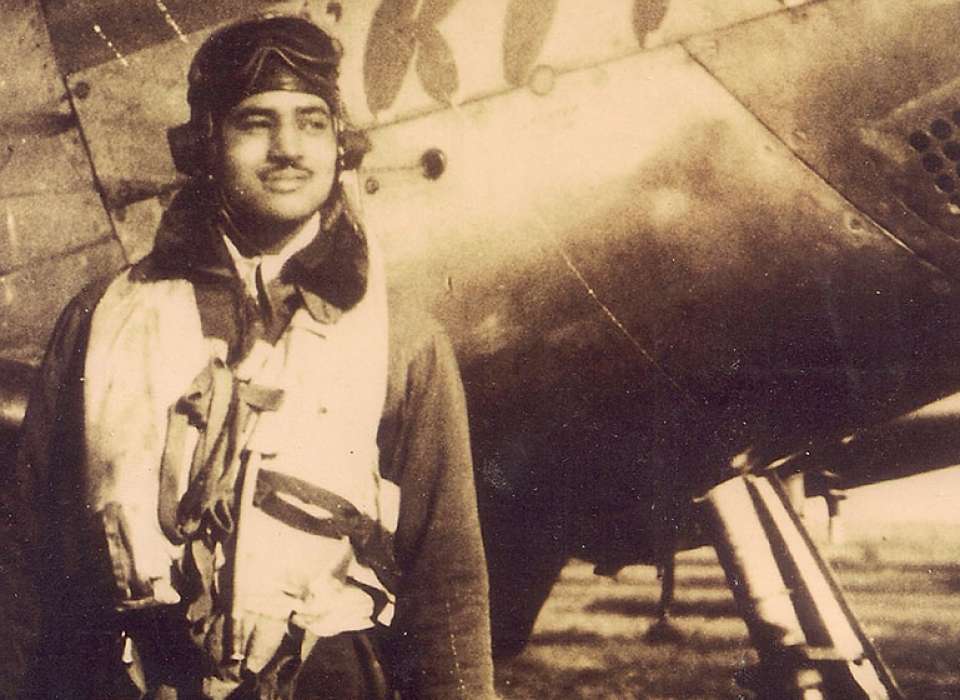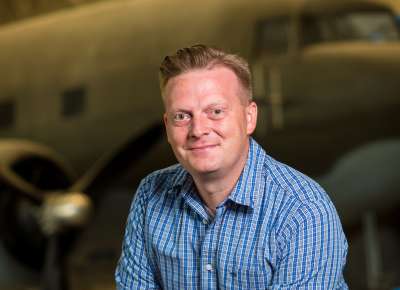Charles McGee was born on December 7, 1919 in Cleveland, Ohio. As a young boy, McGee was forced to move around quite a bit as his father worked whatever jobs he could find to support the family after the death of McGee’s mother. An Eagle Scout and an engineering member of the Civilian Conservation Corps, McGee entered college at the University of Illinois to study engineering. Like most young men his age, McGee had a love for aviation, which led him to enlist in the Army Air Forces on October 26, 1942. McGee was one of the first pilots to graduate from the Army’s experimental program at Tuskegee Institute in June 1943, in which African Americans were allowed to learn to fly military aircraft for the first time in American history.
Upon graduation, McGee was assigned to the 332nd Fighter Group in February 1944 with the 301st Fighter Squadron escorting heavy bombers of the 15th Air Force over targets in occupied Europe. By the time McGee returned to the United States following the completion of his tour of duty, he had flown 137 combat missions. He returned to Tuskegee Institute where he was a flight instructor for the remainder of the war. After the war, McGee stayed in the Air Force, retiring in 1973 with the rank of Colonel. Charles McGee ended his service to his country having flown more combat missions in World War II, Korea, and Vietnam than any other Air Force pilot.
President George W. Bush presented McGee and the other Tuskeegee Airmen with the Congressional Gold Medal in 2007, and in 2011 McGee was inducted into the National Aviation Hall of Fame. In 2020, President Donald Trump honored McGee with promotion to the rank of brigadier general.
Seth Paridon
Seth Paridon was a staff historian at The National WWII Museum from 2005 to 2020. He began his career conducting oral histories and research for HBO’s miniseries The Pacific and holds the distinction of being the first historian hired by the Museum’s Research Department. In the 12 years he was Manager of Research Services, Seth and his team increased the oral history collection from 25 to nearly 5,000 oral histories.
Cite this article:
MLA Citation:
APA Citation:
Chicago Style Citation:



![Max Fuchs, New York City cantor, sings as Rabbi Sydney [sic] Lefkowitz, Richmond, VA, conducts the first Jewish services from Germany.](/sites/default/files/styles/max_650x650/public/2025-10/image1.jpg)





